15 Australian Birds (Episode 2)
10,000 Birds
JUNE 13, 2022
Quite likely, these birds are also the inspiration for Australian science communicator Dr. Karl Kruszelnicki. Anecdotally, this first volume is reported to have been much more successful than its successor, “The Useless Birds of Southern Australia”, R Hall, 1908. This is the most common swallow in Australia. .

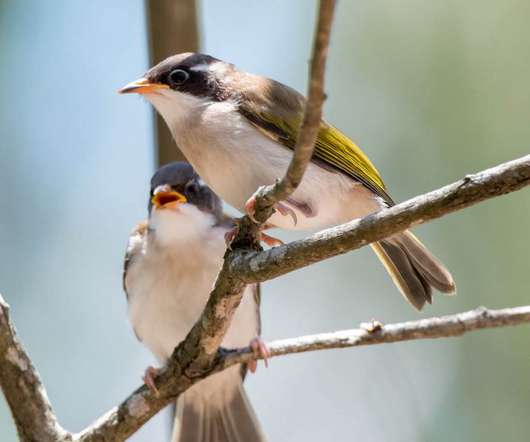
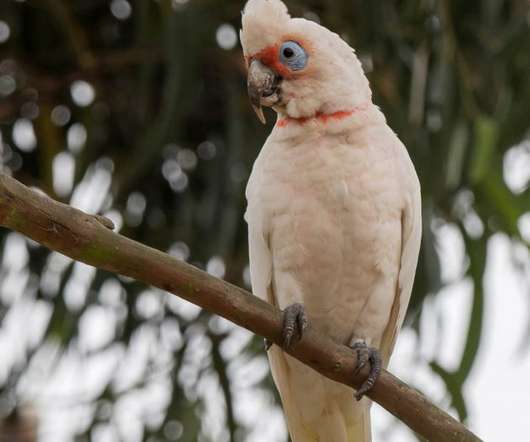
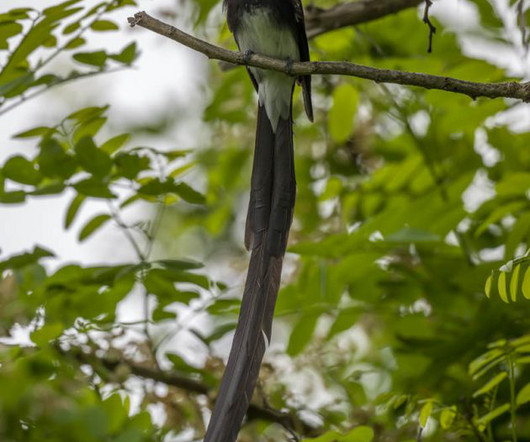

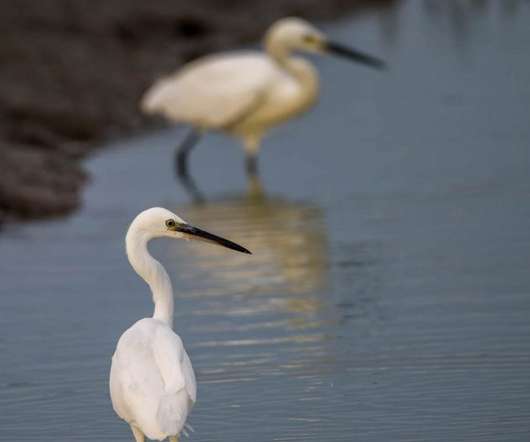
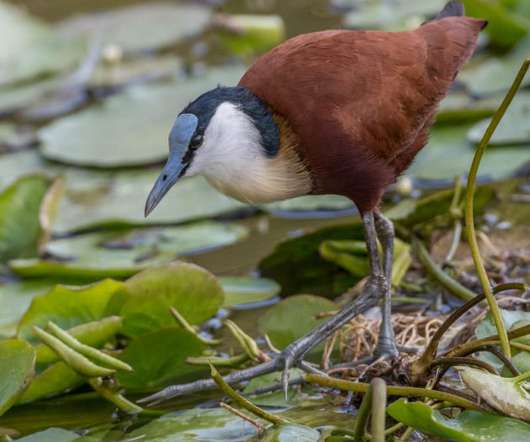


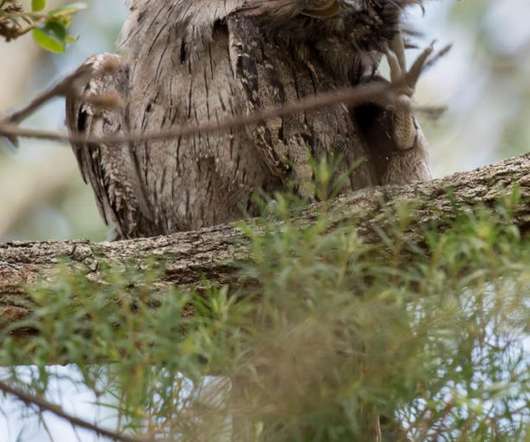
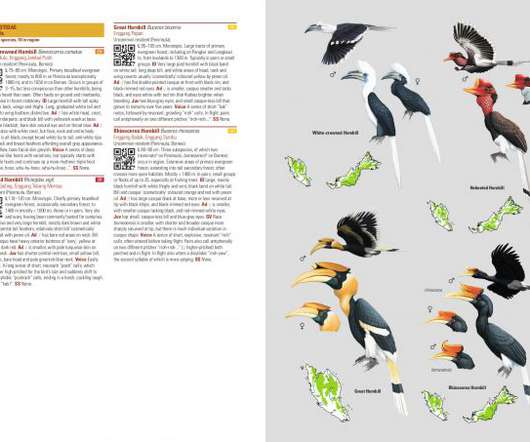


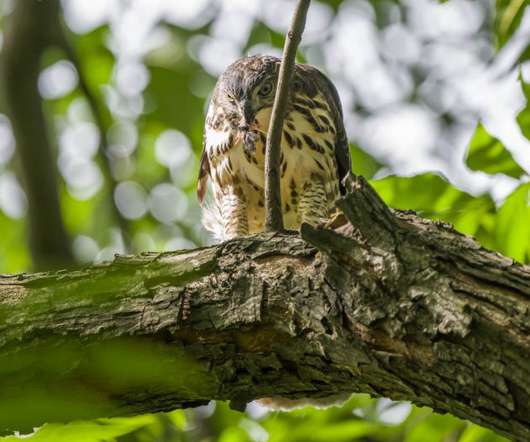






Let's personalize your content